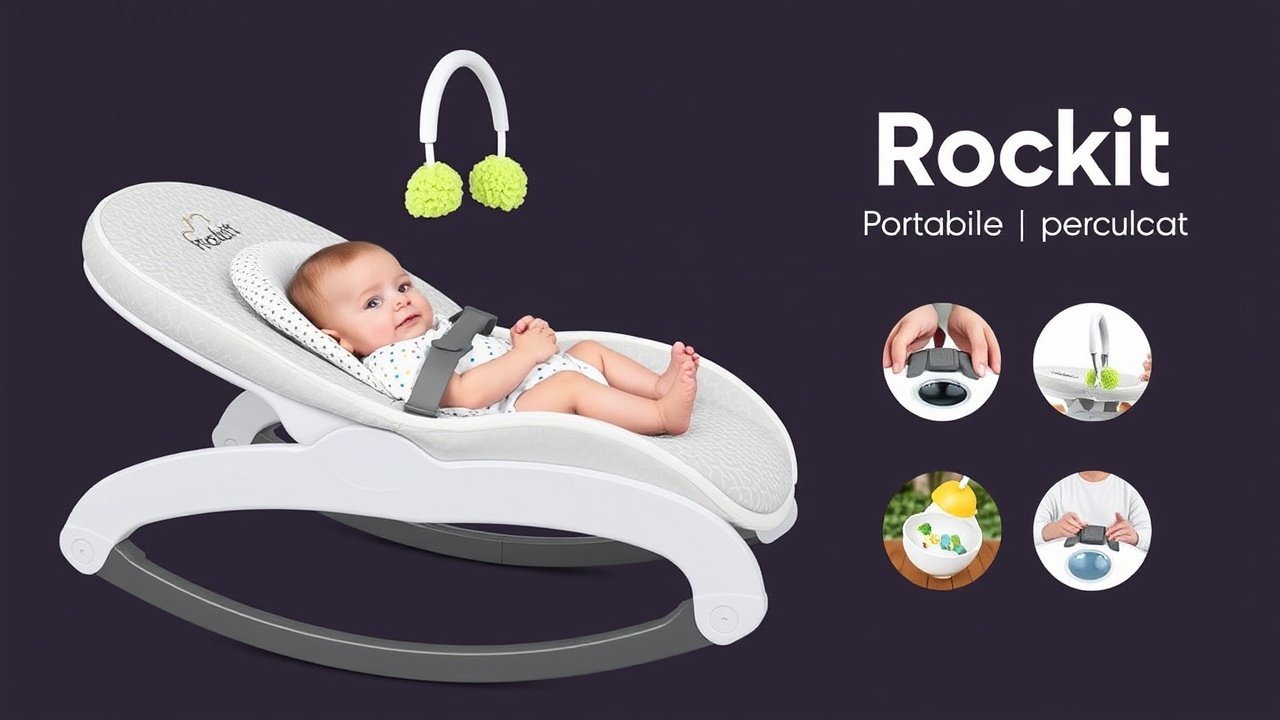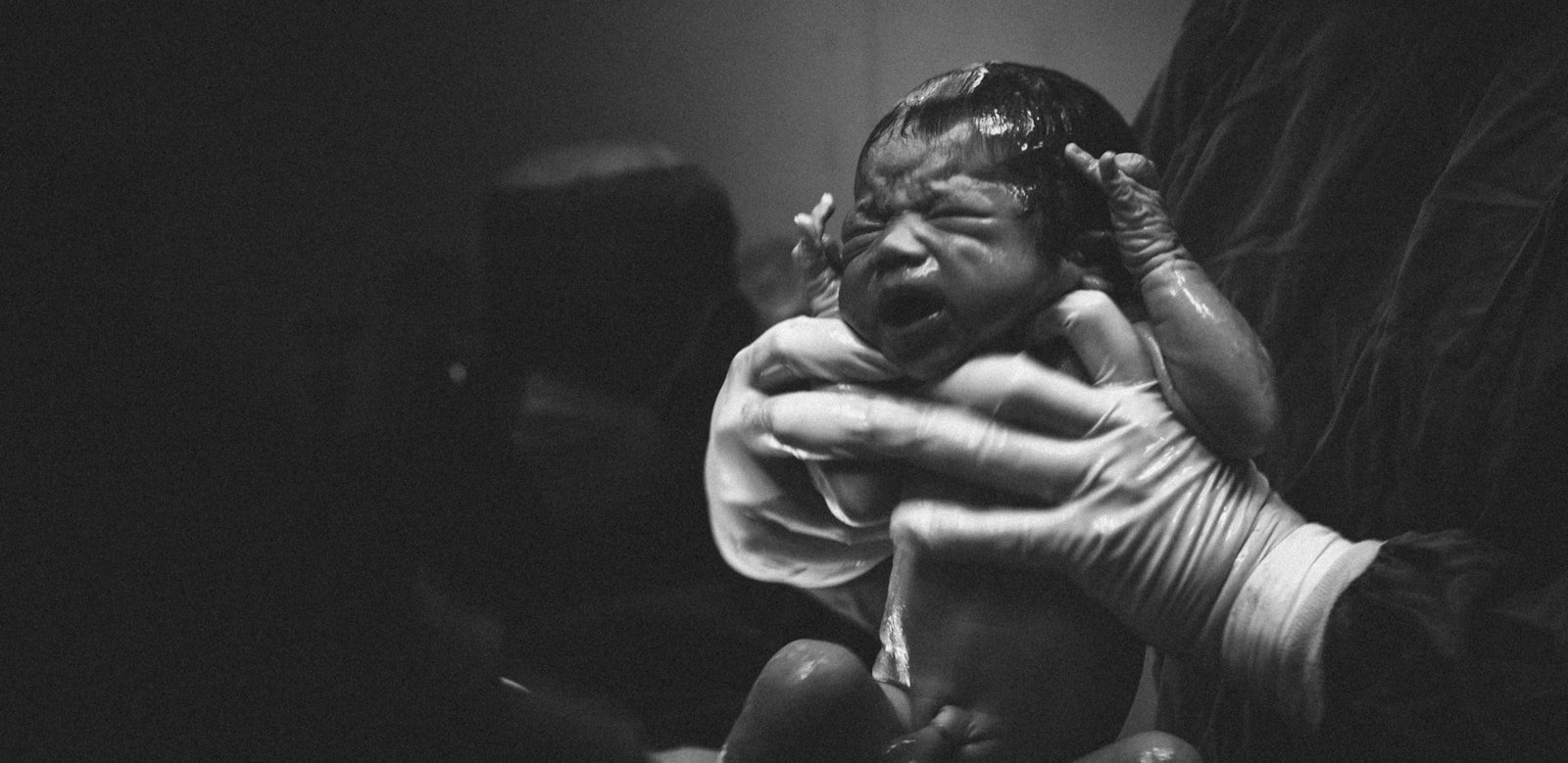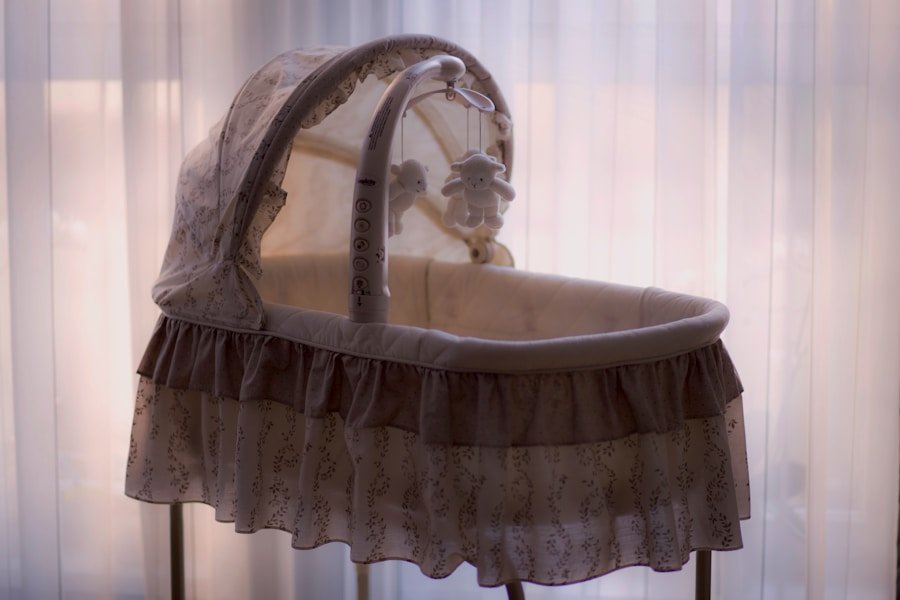Cultural diversity in baby gear is a fascinating and important aspect of parenting that often goes overlooked. The way different cultures around the world approach the care and upbringing of their children is reflected in the baby gear they use. From traditional practices to modern innovations, the diversity in baby gear is a reflection of the rich tapestry of global parenting practices.
This article will explore the traditional and modern baby gear used in different cultures, the cultural influences on baby gear design and functionality, and the impact of cultural diversity on parenting styles and baby gear choices.
Key Takeaways
- Cultural diversity in baby gear reflects the different parenting practices around the world.
- Traditional baby gear and parenting practices vary widely across different cultures.
- Modern innovations in baby gear are influenced by cultural practices from different parts of the world.
- Cultural influences play a significant role in the design and functionality of baby gear.
- Embracing cultural diversity in baby gear choices can lead to a more inclusive and enriching parenting experience.
Traditional Baby Gear and Parenting Practices Around the World
In many cultures, traditional baby gear and parenting practices have been passed down through generations. For example, in many Asian cultures, the use of a traditional baby carrier called a “sling” is common. This simple piece of cloth allows the baby to be carried close to the mother’s body, promoting bonding and attachment.
In African cultures, babies are often carried on their mother’s back using a colorful and intricately woven cloth called a “kanga.” This allows the mother to continue with her daily tasks while keeping her baby close. In contrast, in Scandinavian countries, it is common for babies to sleep in a “baby box,” a simple cardboard box that has been used for generations as a safe and cozy sleeping space for newborns. These traditional practices reflect the importance of closeness and connection in these cultures.
In Latin American cultures, the use of a “rebozo” is common, which is a long woven scarf that is used to carry babies and young children. This practice allows for close physical contact between the caregiver and the child, promoting a strong bond. In many Middle Eastern cultures, swaddling is a common practice, where babies are tightly wrapped in a cloth to provide a sense of security and comfort.
These traditional practices not only reflect the cultural values of each society but also provide important benefits for the development and well-being of the child.
Modern Innovations in Baby Gear from Different Cultures
While traditional baby gear and parenting practices continue to be important in many cultures, modern innovations have also made their way into the global parenting landscape. For example, in Japan, the use of high-tech baby monitors and sleep trackers has become increasingly popular. These devices allow parents to monitor their baby’s sleep patterns and breathing, providing peace of mind and reassurance.
In South Korea, there has been a rise in the use of “smart” baby bottles that track feeding times and amounts, providing valuable data for parents and caregivers. In Western cultures, there has been a surge in the popularity of ergonomic baby carriers that provide support for both the baby and the caregiver. These carriers are designed to distribute the baby’s weight evenly, reducing strain on the caregiver’s back and shoulders.
Additionally, modern strollers with advanced suspension systems and all-terrain capabilities have become popular in many Western countries, allowing parents to easily navigate urban environments and outdoor spaces with their babies. These modern innovations reflect the changing needs and lifestyles of parents around the world, as well as the influence of technology on parenting practices.
Cultural Influences on Baby Gear Design and Functionality
| Country | Parenting Practice | Percentage |
|---|---|---|
| United States | Co-sleeping | 45% |
| Japan | Using baby carriers | 60% |
| Sweden | Outdoor napping | 70% |
| India | Traditional cloth diapers | 80% |
The design and functionality of baby gear are heavily influenced by cultural norms and values. For example, in many Eastern cultures, simplicity and minimalism are valued, which is reflected in the design of traditional baby gear such as slings and carriers. These items are often made from natural materials such as cotton or linen and are designed to be practical and versatile.
In contrast, in Western cultures, there is often an emphasis on convenience and efficiency, which is reflected in the design of modern baby gear such as high-tech strollers and smart baby monitors. Additionally, cultural aesthetics play a significant role in the design of baby gear. For example, in Scandinavian countries, there is a strong tradition of clean, minimalist design, which is reflected in the design of baby gear such as cribs and high chairs.
In contrast, in many African cultures, there is a rich tradition of vibrant colors and intricate patterns, which is often incorporated into the design of traditional baby gear such as kangas and rebozos. These cultural influences not only shape the appearance of baby gear but also impact its functionality and usability.
Impact of Cultural Diversity on Parenting Styles and Baby Gear Choices
The impact of cultural diversity on parenting styles and baby gear choices cannot be overstated. The way parents approach caregiving and child-rearing is deeply influenced by their cultural background and upbringing. For example, in cultures where closeness and physical contact are valued, such as many Asian and African cultures, parents may be more likely to use traditional baby carriers and slings that allow for close physical contact with their babies.
In contrast, in cultures where independence and self-sufficiency are valued, such as many Western cultures, parents may be more likely to use modern baby gear such as strollers and cribs that allow for more separation between parent and child. Additionally, cultural values around safety and security play a significant role in shaping parenting styles and baby gear choices. In cultures where there is a strong emphasis on protecting and nurturing children, such as many Middle Eastern cultures, parents may be more likely to use traditional swaddling techniques and co-sleeping arrangements that provide a sense of security for their babies.
In contrast, in cultures where there is a strong emphasis on individualism and personal autonomy, such as many Western cultures, parents may be more likely to use modern baby gear such as video monitors and sleep training methods that prioritize independence for their babies.
Exploring the Benefits of Embracing Cultural Diversity in Baby Gear
Embracing cultural diversity in baby gear has numerous benefits for parents and caregivers. By learning about and incorporating traditional practices from different cultures, parents can gain valuable insights into alternative approaches to caregiving that may better align with their own values and beliefs. For example, learning about the practice of swaddling from Middle Eastern cultures can provide parents with a new perspective on how to promote comfort and security for their babies.
Similarly, learning about the use of rebozos from Latin American cultures can provide parents with new ideas for promoting closeness and attachment with their babies. Furthermore, embracing cultural diversity in baby gear can help to foster a sense of connection and understanding between different communities. By using traditional baby gear from different cultures, parents can show respect for diverse traditions and customs while also promoting inclusivity and acceptance.
This can be especially important for families who come from multicultural backgrounds or who live in diverse communities. By incorporating elements of different cultural practices into their parenting approach, parents can create a more inclusive environment for their children to grow up in.
Navigating Cultural Sensitivity and Appropriateness in Baby Gear Choices
While embracing cultural diversity in baby gear can be enriching and beneficial, it is important for parents to navigate cultural sensitivity and appropriateness when making choices about baby gear. It is essential to approach cultural practices with respect and understanding, rather than appropriating them without proper consideration for their significance. For example, using traditional baby carriers from Indigenous cultures without understanding their cultural significance or history can be disrespectful and inappropriate.
Additionally, it is important for parents to consider the practicality and safety of traditional baby gear from different cultures. While certain practices may have been used for generations in specific cultural contexts, they may not always be suitable or safe for all families or environments. For example, co-sleeping arrangements that are common in some cultures may not align with current safety guidelines in other contexts.
It is important for parents to carefully consider the implications of incorporating traditional practices into their caregiving approach. In conclusion, cultural diversity in baby gear is a rich and complex aspect of parenting that reflects the diverse traditions and values of different societies around the world. From traditional practices to modern innovations, the diversity in baby gear offers valuable insights into alternative approaches to caregiving that can benefit parents and caregivers from all backgrounds.
By embracing cultural diversity in baby gear, parents can gain new perspectives on parenting practices while also promoting inclusivity and understanding within their communities. However, it is important for parents to navigate cultural sensitivity and appropriateness when making choices about baby gear, ensuring that they approach cultural practices with respect and understanding. Ultimately, embracing cultural diversity in baby gear can lead to more enriching and inclusive parenting experiences for families around the world.
FAQs
What is cultural diversity in baby gear?
Cultural diversity in baby gear refers to the different parenting practices and baby products used in various cultures around the world. It encompasses the wide range of traditions, customs, and beliefs that influence the choices parents make when it comes to caring for their babies.
What are some examples of international parenting practices?
International parenting practices can include babywearing, co-sleeping, breastfeeding, and the use of traditional baby carriers, swaddling blankets, and other baby gear specific to a particular culture. For example, in some cultures, it is common for babies to be carried in a cloth sling on the caregiver’s back, while in others, cribs and strollers are more commonly used.
How does cultural diversity in baby gear impact parenting?
Cultural diversity in baby gear can impact parenting by influencing the way parents bond with their babies, the methods they use for soothing and comforting, and the overall approach to caregiving. It can also shape parents’ attitudes towards independence, sleep routines, and the role of extended family in childcare.
What are the benefits of exploring international parenting practices?
Exploring international parenting practices can provide valuable insights into different caregiving approaches, promote cultural understanding, and offer alternative solutions to common parenting challenges. It can also help parents make informed decisions about the baby gear they choose to use based on their own cultural background and personal preferences.
How can parents incorporate international parenting practices into their own caregiving?
Parents can incorporate international parenting practices into their own caregiving by learning about different cultural traditions, seeking out diverse perspectives on parenting, and being open to trying new baby gear and caregiving techniques. This can be done through research, connecting with parents from different cultural backgrounds, and being open to adapting their approach based on what works best for their family.



































